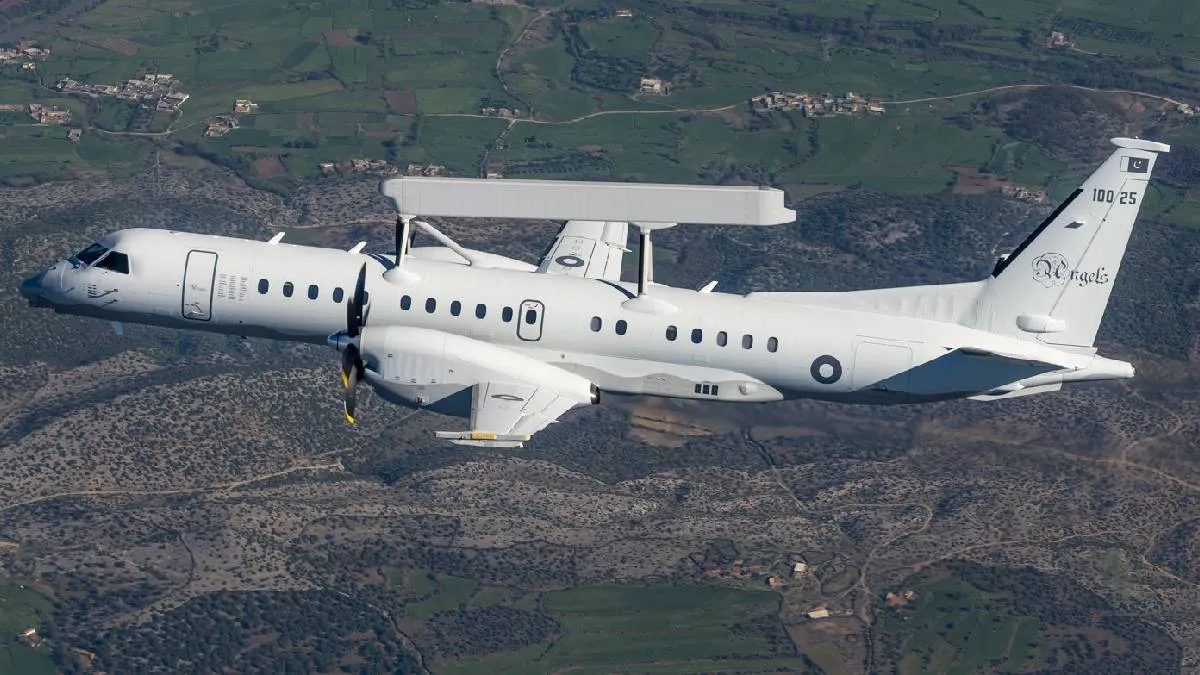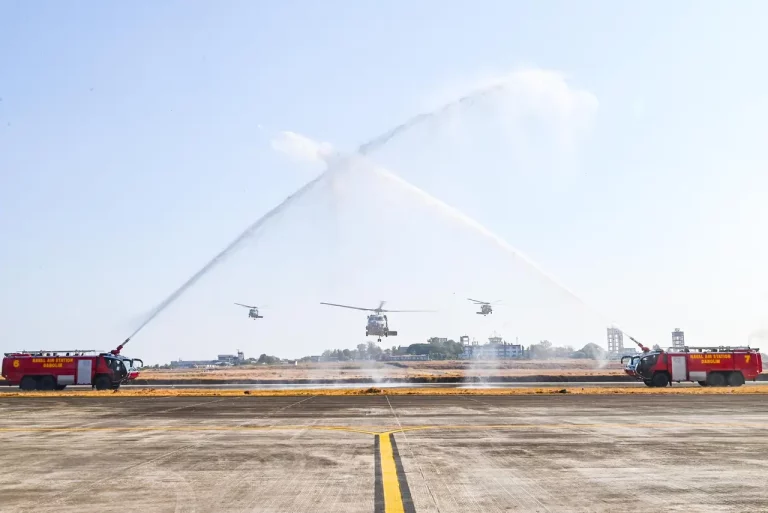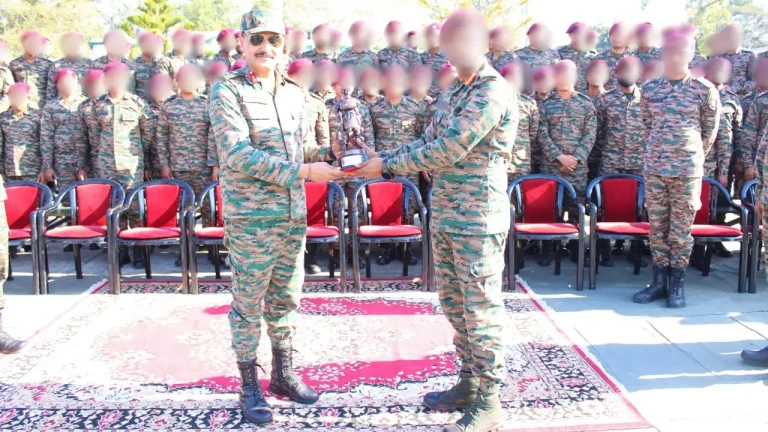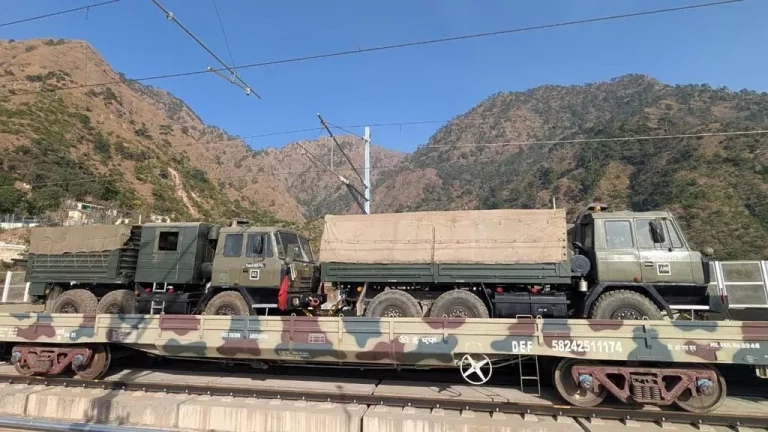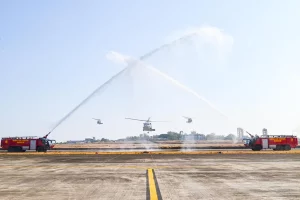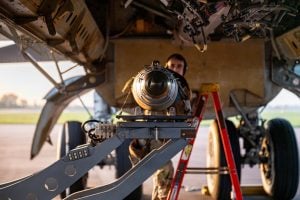In a significant escalation of hostilities between India and Pakistan, reports indicate that the Indian Air Force has successfully intercepted a Pakistan Air Force (PAF) Airborne Warning and Control System (AWACS) aircraft. This interception occurred over Pakistan’s Punjab province, marking a decisive response to earlier missile and drone strikes allegedly launched by Pakistan against various Indian urban centers.
AWACS aircraft play a crucial role in contemporary military strategy, serving as airborne radar platforms that can monitor enemy aircraft, cruise missiles, and other aerial threats over extensive distances. Unlike traditional ground-based radar systems, AWACS are not limited by the curvature of the Earth, providing them with an expansive field of view. This capability allows them to guide fighter jets and coordinate air defense operations effectively in real-time.
Pakistan’s AWACS capabilities have developed significantly over the past two decades. The country initially acquired four Saab 2000 Erieye systems from Sweden in 2006, followed by the addition of four ZDK-03 aircraft from China in 2008. However, the Chinese systems were officially phased out in 2024. Subsequently, Pakistan expanded its fleet with three more Saab Erieye aircraft in 2017 and an additional trio in 2020, suggesting that the current incident likely involved one of these advanced Swedish systems.
The Saab 2000 Erieye AWACS is renowned for its sophisticated surveillance features, capable of monitoring more than 500,000 square kilometers and ascending to altitudes exceeding 60,000 feet. It can efficiently detect and track a range of aerial targets, including fast-moving jets and low-flying helicopters, as well as small maritime vessels. Boasting a radar system that provides rapid updates and high-precision tracking, the Erieye has a flight endurance of over nine hours and a range that exceeds 3,700 kilometers.
Experts assert that the downing of such a pivotal surveillance aircraft represents a substantial setback for Pakistan’s air defense operations. This loss could hinder its capacities to coordinate aerial missions effectively and maintain real-time situational awareness amid the prevailing tensions.
On the Indian front, the Air Force maintains a strong AWACS presence, utilizing five platforms that include three Israeli EL/M-2090 Phalcon systems mounted on IL-76 heavy-lift aircraft, alongside two indigenous DRDO-developed Netra Mk-1 systems based on Embraer jets. These advanced systems offer India extensive radar coverage and early warning capabilities across various strategic sectors.
The current situation remains volatile, particularly following Operation Sindoor—India’s retaliatory initiative in response to the April 22 terror attack in Pahalgam. As both nations remain on high alert, the airspace above the subcontinent is a poignant reminder of the precarious nature of regional security. With global attention focused on the escalating tensions, the downing of Pakistan’s AWACS significantly alters the strategic landscape, illustrating the evolving dynamics of aerial warfare within South Asia.
